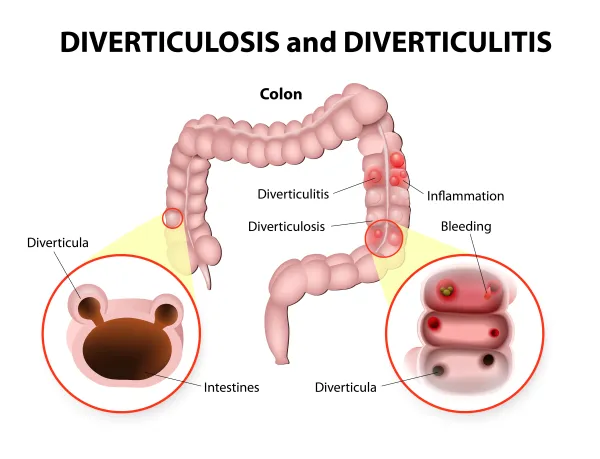Heed Excludes1 Notes For Clean Claims
Turn to the latest Coding Clinic for clarification. Maybe you groan when you turn to an ICD-10-CM code and spot an Excludes1 note. You know the note means you’ll have to dig deeper to code the case correctly, but if you don’t really know how, you’re in good company. “Coding Excludes1 notes has been a controversial topic among many hospitals and practices due to a lack of definitive guidelines,” says Lindsay Della Vella, COC, medical coding auditor at Precision Healthcare Management in Media, Pennsylvania. Good news: “Now, there’s a new Coding Clinic (Q4, 2018) that will finally provide clarity on diagnoses paired by an Excludes1 note,” Della Vella explains. Have a glimpse at this critically important Coding Clinic Q&A for a full breakdown of how it will impact you going forward. Recall Appropriate Settings, Context for Exludes1 Notes The ICD-10-CM guidelines already offer the following instructions regarding an Excludes1 note: As you can see, these guidelines simply instruct you not to code any two given diagnoses at the same time. Problem: The classic conundrum that coders experience time and time again comes in their confusion about which code should they should report versus which they should omit. At last, the AHA Coding Clinic offers a definitive answer in their 2018 Q4 edition. Rely on Coding Clinic Q&A to Settle Excludes1 Debate In the Coding Clinic Q&A, the reader asks for guidance in determining whether the main code listed in the tabular or the code referenced in the Excludes1 note should be reported. The Coding Clinic responds as follows: Do this: Assuming one of the two diagnosis codes has an Excludes1 note beneath it, you should code according to the Excludes1 note instructions. Example: The surgeon excises a peritoneal tumor, which the pathology report identifies as a benign soft-tissue tumor called an adipose tissue neoplasm or lipoma. For a soft tissue tumor of the peritoneum, you zero in on code D20.1 (Benign neoplasm of soft tissue of peritoneum). For the reported “adipose tissue neoplasm,” you correctly identify the description as a lipomatous neoplasm. Specifically, you identify D17.79 (Benign lipomatous neoplasm of other sites) for the site, because the code lists “Benign lipomatous neoplasm of peritoneum” under D17.79. However, you notice that D20.1 has an Excludes1 note for benign lipomatous neoplasm of peritoneum and retroperitoneum (D17.79). Based on the new Coding Clinic guidelines, you should report the code listed in the D20- Excludes1 note, D17.79 as the correct diagnosis. Specifically, you will report D17.79 as the diagnosis for this case. Still unresolved: Consider a scenario in which both diagnosis codes offer an Excludes1 note advising to use the other respective diagnosis code. Unfortunately, the Coding Clinic does not offer guidance on how you should address this particular scenario. However, inferring from the above guidelines, the Coding Clinic would presumably allow for the coder to choose between either coding option. Ideally, if one diagnosis code is distinctively primary over another, you should report the primary coding option and disregard the secondary. “Until the AHA offers further advice on the subject, coders should consider the Coding Clinic guidance when reviewing paired Excludes1 notes, but ultimately use their own judgment on which code best supports the documented diagnosis,” advises Sheri Poe Bernard, CPC, of Poe Bernard Consulting in Salt Lake City, Utah. Exception: There may be some confounding circumstances in which you code both the tabular code and the code referenced in the Excludes1 note. When two conditions are clinically unrelated to one another, ICD-10-CM guidelines allow you to disregard the Excludes1 note and report both diagnoses separately. Query the provider if it is not clear whether a relation between the two diagnoses exists. Know When not to Adhere to Excludes1 Guidelines In the same quarterly issue, the Coding Clinic addresses one final situation involving the use of the Excludes1 parenthetical notation. In this reader question, the reader inquiries about the coding of nutritional anemia and anemia. In this example, D53.9 (Nutritional anemia, unspecified) has an Excludes1 note instructing the coder to code D64.9 (Anemia, unspecified) when the provider also documents “anemia NOS.” The Coding Clinic advises that, in this example, it would be inappropriate to follow by the Excludes1 guidelines and report only D64.9. That’s because, as the Coding Clinic puts it, “it would be contradictory to have a code for unspecified and another specified code for the same condition.” In this case, do not code the same condition twice, even if ICD-10 instructs you to do so in the parenthetical notes. Even though this kind of example might be rare, it’s important to keep your thinking cap on when addressing diagnosis codes that involve Excludes1 notes. While this Excludes1 note appears to be an error on the part of the ICD-10-CM, the 2019 manual does not address the issue. Bottom line: The preceding example offers a valuable lesson that you should always prioritize the general principles of coding over parenthetical notes such as an Excludes1 note.




